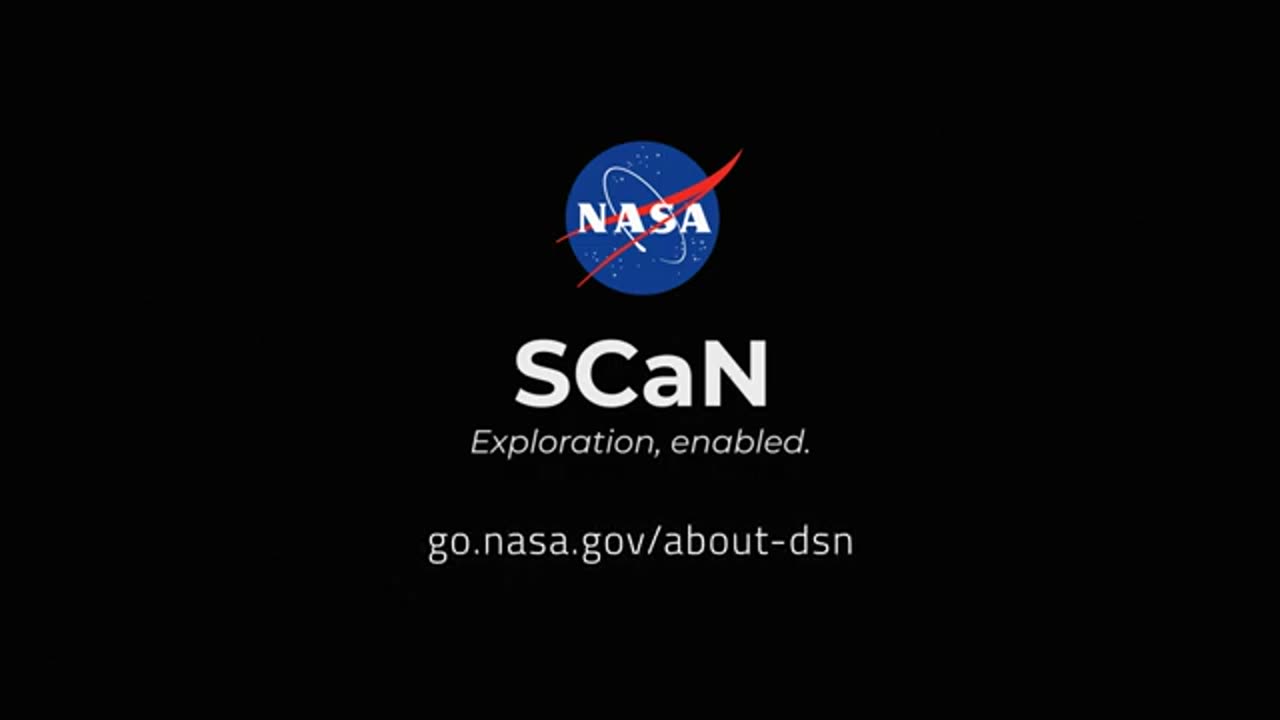Premium Only Content

How nasa Use Gravity and Radio Waves to study plantes And moon
The Deep Space Network, NASA's international
collection of giant radio antennas used to
communicate with spacecraft at the Moon and
beyond, helps scientists and engineers use gravity and
radio science experiments to learn more about our
planetary neighborhood.
After reaching a spacecraft reaches its destination, it
uses radio antennas to communicate with the Deep
Space Network, which in turn transmits radio signals
back to the spacecraft. Every spacecraft travels in a
predetermined path emitting radio signals as it orbits
around its target. Scientists and engineers can infer
the spacecraft's location and how fast it's going by
measuring changes in the spacecraft's radio signal
frequency. This is made possible by the Doppler
effect, the same phenomenon that causes a siren to
sound different as it travels towards and away from
you.
The Doppler phenomenon is observed here when the
spacecraft and the Deep Space Network antenna
move in relation to each other. Differences between
the frequency of radio signals sent by the spacecraft
ani+ hi4andi
as it orbits and signals received on Earth give us
details about the gravitational field of a planetary
body. For example, if the gravity is slightly stronger,
the spacecraft will accelerate slightly more. If gravity
is slightly weaker, the spacecraft will accelerate
slightly less. By developing a model of the planetary
body's gravitational field, which can be mapped as a
gravitational shape, scientists and researchers can
deduce information about its internal structure.
The Deep Space Network was developed by and is
managed by NASA's Jet Propulsion Laboratory (JPL)
in Southern California. The antennas of the Deep
Space Network are the indispensable link to robotic
explorers venturing beyond Earth. They provide the
crucial connection for commanding our spacecraft
and receiving never-before-seen images and scientific
information on Earth, propelling our understanding of
the universe, our solar system and ultimately, our
place within it.
JPL manages the Deep Space Network for the Space
Communications and Navigation (SCaN) Program,
based at NASA Headquarters within the Space
Operations Mission Directorate.
-
 LIVE
LIVE
Joe Donuts Gaming
1 hour ago🟢 Live : Christmas is Here!! | Fortnite, Caroling, Light Tours and Donos !!
292 watching -
 LIVE
LIVE
CLUJ
1 hour agoCHRISTMAS EVENING HYPE!! LETS HAVE FUN GAMING!!
218 watching -
![I AM FINALLY BACK :: PUBG: BATTLEGROUNDS :: RUMBLE NOW HAS GIFTED SUBS!!! [Merry Christmas] {18+}](https://1a-1791.com/video/fwe1/22/s8/1/e/f/C/6/efC6v.0kob-small-I-AM-FINALLY-BACK-PUBG-BATT.jpg) LIVE
LIVE
a12cat34dog
2 hours agoI AM FINALLY BACK :: PUBG: BATTLEGROUNDS :: RUMBLE NOW HAS GIFTED SUBS!!! [Merry Christmas] {18+}
286 watching -
 LIVE
LIVE
STARM1X16
2 hours agoMerry Christmas Fortnite
285 watching -
 LIVE
LIVE
Sgtfinesse
2 hours agoMerry Christmas Night
321 watching -
 1:11:38
1:11:38
Film Threat
10 hours agoCHRISTMAS DAY CHILL STREAM WITH CHRIS GORE | Hollywood on the Rocks
115K24 -
 14:22:40
14:22:40
The Quartering
1 day agoYule Log Christmas MAGA Edition With Memes! Come Hang Out!
206K29 -
 38:41
38:41
MYLUNCHBREAK CHANNEL PAGE
1 day agoTimeline Begins in 1800? - Pt 1 & 2
88.1K48 -
 1:23:41
1:23:41
Game On!
1 day ago $12.42 earnedNetflix NFL Christmas Games Preview and Predictions!
79.1K13 -
 2:05:07
2:05:07
Darkhorse Podcast
1 day agoWhy Trump Wants Greenland: The 257th Evolutionary Lens with Bret Weinstein and Heather Heying
308K596